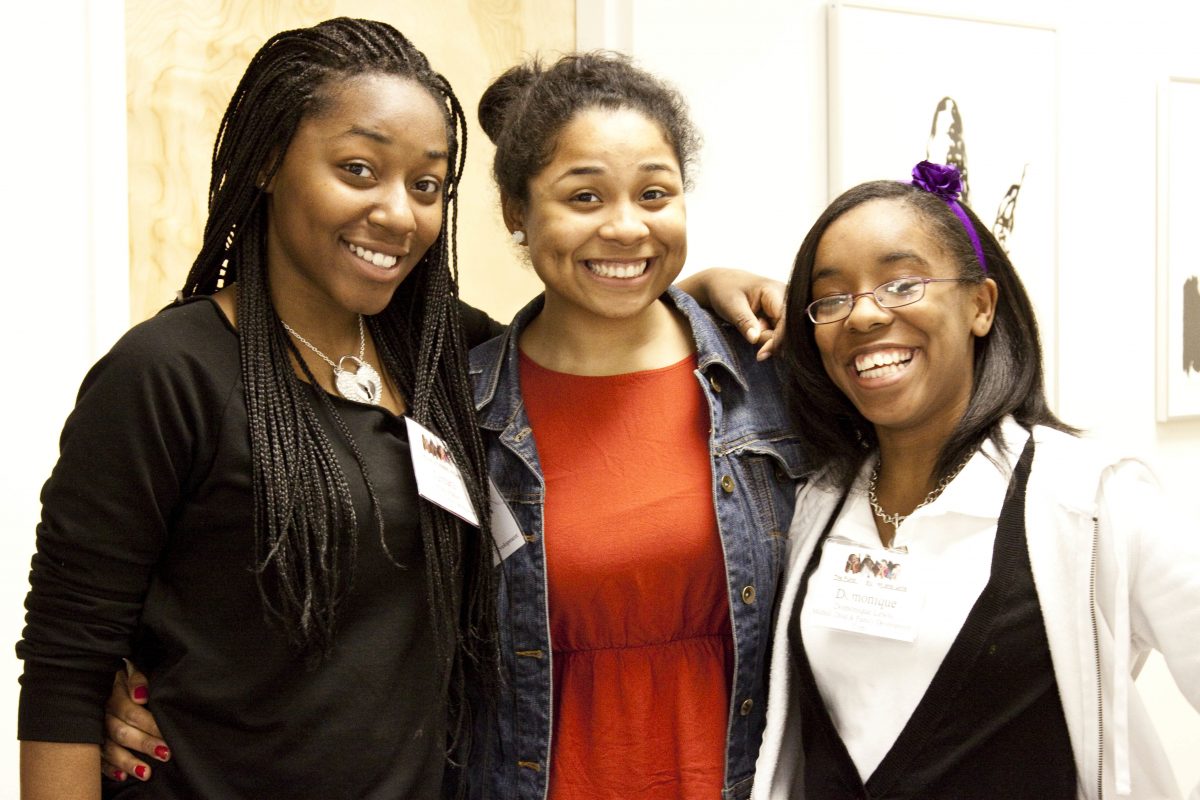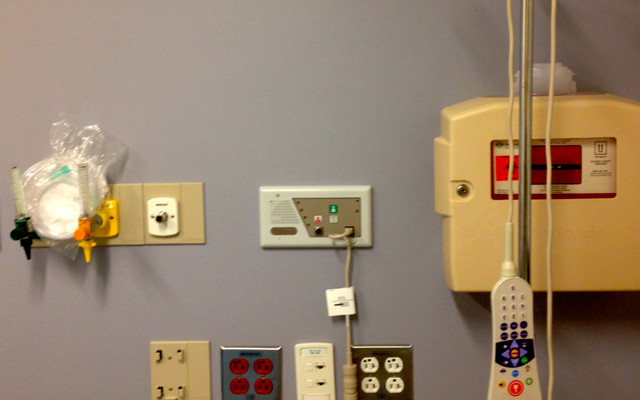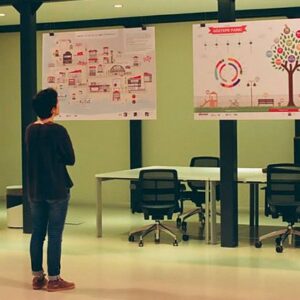Equitable outcomes and the value of high school intervention
The goal of equitable outcomes in education and the economy is shared by governmental and educational leaders throughout the world. Researchers have concluded that early interventions up to and including high school can change the direction of low-income students’ lives.
Anthony Abraham Jack in his book, The Privileged Poor, underlines the importance of a high quality high school education. He distinguishes between the “privileged poor” and the “doubly disadvantaged” in his opus on first-generation and low-income students in the United States who attend elite universities.
The privileged poor, he notes, are those first-generation, low-income students who graduated from elite private high schools; the most talented among them are “funneled” into elite institutions of higher education. The doubly disadvantaged are first-generation, low-income students from poor neighborhoods who attended poor high schools; the most talented among them arrive at elite institutions with little or no knowledge of the rules and norms of their new environments.
 Young women, especially women of color, will be increasingly important in the US workforce . A high quality high school and college education lead to workforce success.
Young women, especially women of color, will be increasingly important in the US workforce . A high quality high school and college education lead to workforce success.Jack argues that the privileged poor are socialized for entitlement and the doubly disadvantaged are socialized for deference. In fact, low-income kids who attend high quality high schools are more likely to understand the social rules of engagement when they get to college than their less privileged peers.
The level of confusion with which the doubly disadvantaged enter and navigate higher education can have a devastating impact on their subsequent confidence as professionals in the workforce.
Focusing our resources on placing talented low-income kids in high quality high schools gives them a better chance of successfully getting through college and entering the workforce. This is not only our social responsibility but makes economic sense. A recent McKinsey report underlines the importance of ensuring that these young people, particularly kids of color, enter and succeed in the workforce.
The report underlines that the “widening racial wealth gap disadvantages black families, individuals, and communities and limits black citizens’ economic power and prospects, and the effects are cyclical. Such a gap contributes to intergenerational economic precariousness: almost 70 percent of middle-class black children are likely to fall out of the middle class as adults.”
… the privileged poor are socialized for entitlement and the doubly disadvantaged are socialized for deference. –Anthony Abraham Jack
Less household wealth is an indicator of fewer educational resources. But a lack of resources should not sentence low-income kids to inferior educational and employment prospects.
One way to close the gap is to ensure that more first-generation, low-income students attend high quality high schools, constituting an early, though not as early as optimal, intervention that can alter the direction of their lives.













No Comments Yet!
You can be first to comment this post!